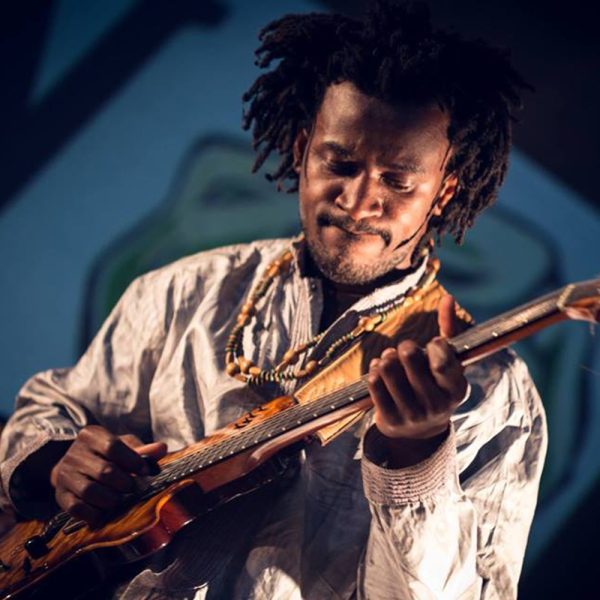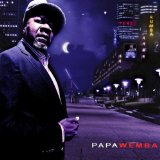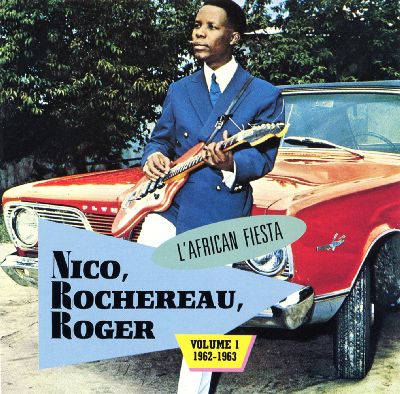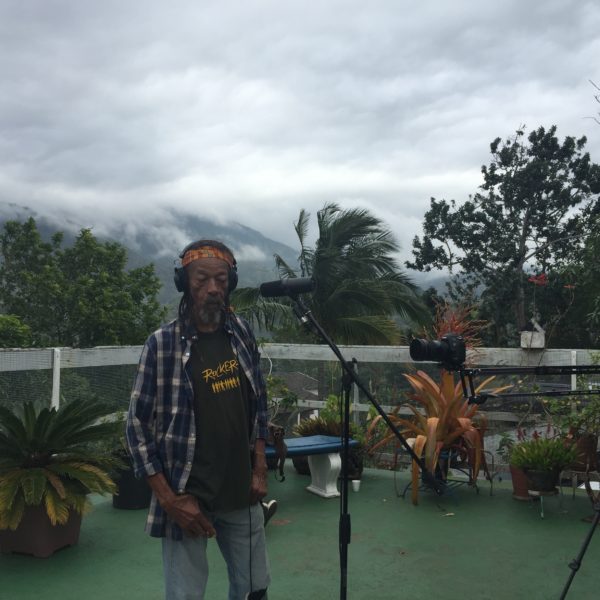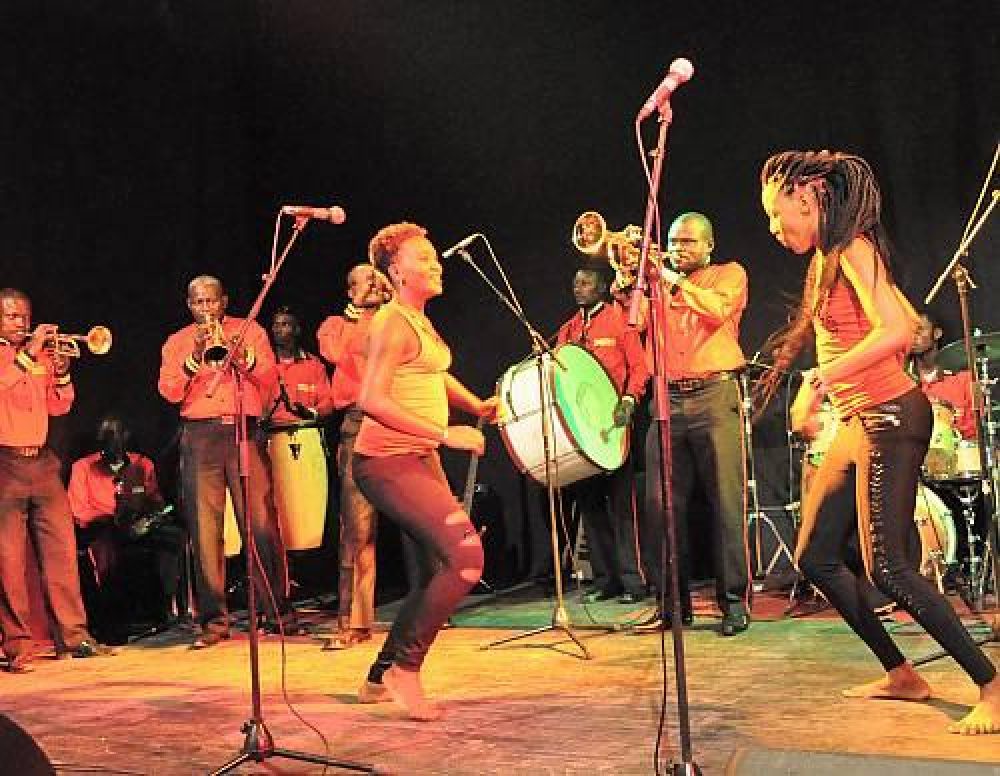
The United Nations has added Congolese rumba music to the “Representative
List of the Intangible Cultural Heritage of Humanity” where it
joins musical styles like raï and reggae, and cuisine like Haitian joumou soup, as well as the broader UNESCO World Heritage list which
includes the Great Barrier Reef and the Taj Mahal.
Congolese rumba is a
huge limb on the musical tree of the Afropop world, with a vital
legacy in Congo, across the continent and over into Colombia and
elsewhere. And the rumba dance—which doesn’t really translate to
radio, and thus has been underrepresented here—has a legacy of its
own. As the UNESCO site explains, “Generally danced by a
male-female couple, it is a multicultural form of expression
originating from an ancient dance called nkumba (meaning ‘waist’
in Kikongo). The rumba is used for celebration and mourning, in
private, public and religious spaces. It is performed by professional
and amateur orchestras, choirs, dancers and individual musicians, and
women have played a predominant role in the development of religious
and romantic styles.”
There's not too many lists that have both rumba and falconry on them, but this is one such list. Congolese rumba, even now into its eighth decade, is a playful, fun, yet complex and sophisticated music, and it's indisputably one of the greatest in the world.








